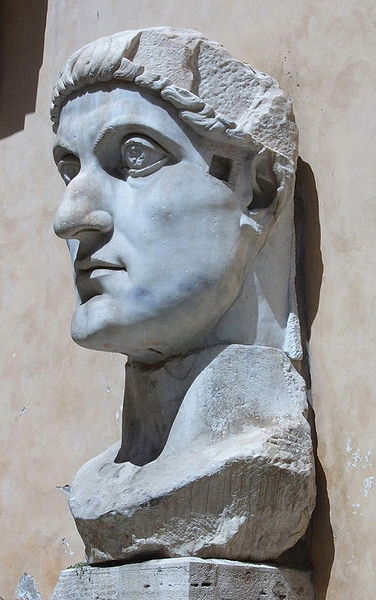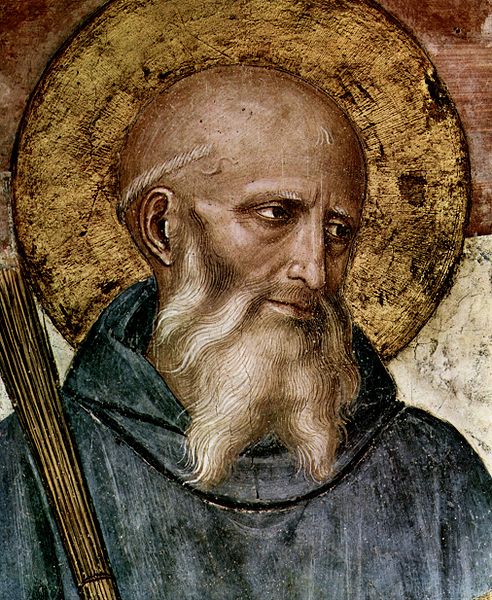History of the Catholic Church
The tradition of the Catholic Church claims it began with Jesus Christ and his teachings; the Catholic tradition considers that the Church is a continuation of the early Christian community established by the Disciples of Jesus. The Church considers its bishops to be the successors to Jesus's apostles and the Church's leader, the Bishop of Rome, to be the sole successor to St Peter who ministered in Rome in the first century AD after his appointment by Jesus as head of the Church. By the end of the 2nd century, bishops began congregating in regional synods to resolve doctrinal and administrative issues. Historian Eamon Duffy claims that by the 3rd century, the church at Rome might even function as a court of appeal on doctrinal issues.
An engraving of St Irenaeus, Bishop of Lugdunum in Gaul (now Lyon, France)
Emperor Constantine I established the rights of the Church in the year 315.
Saint Benedict, father of Western monasticism and author of Rule of St Benedict. Detail from fresco by Fra Angelico, c. 1437–46.
Saint Thomas Aquinas carrying the whole Church with his theology
Split of Christianity and Judaism
Christianity began as a movement within Second Temple Judaism, but the two religions gradually diverged over the first few centuries of the Christian Era, and the Christian movement perceived itself as distinct from the Jews by the fourth century. Historians continue to debate the dating of Christianity's emergence as a discrete religion apart from Judaism. Philip S. Alexander characterizes the question of when Christianity and Judaism parted company and went their separate ways as "one of those deceptively simple questions which should be approached with great care". According to historian Shaye J. D. Cohen, "the separation of Christianity from Judaism was a process, not an event", in which the church became "more and more gentile, and less and less Jewish". Conversely, various historical events have been proposed as definitive points of separation, including the Council of Jerusalem and the First Council of Nicaea.

Marriage of the Virgin by Robert Campin, circa 1420, illustrates the symbolic foundation of Christianity on Judaism through the depiction of Mary and Joseph's marriage at the unfinished portal of a Gothic church, built upon the Romanesque Temple of Jerusalem.





